Do you ever add ropes, chains, wires, or other long thin and flexible objects to your scenes? If the answer is yes, then Strands is a GeoNode Asset Library, containing a set of modular modifiers to help you do exactly that. The modifiers assist with placing curves in your scene, appending additional details to them, and meshing those curves into ropes, braids, or chains.
For full details and examples I recommend reading about the library on my website:
By adding a stack of strand modifiers to an object you can build procedural setups, that turn single edges or simple curves into fully realized rope-like objects in your scenes. Modeling the same by hand--while not especially difficult--takes more time and cannot be easily edited afterwards. The advantage of a procedural setup is in the simplicity of the inputs you edit to generate the result. Because they are easy to edit, if you decide to move a strand you can do so quickly in a non-destructive way, without worrying about loosing hours of work.
First, I should define some terms I use to describe the modifiers:
- A Strand Modifier refers to one of the 20 modifiers included in the library.
- A Strands Object is a mesh or curve object in your blender scene, that is using one or more Strand Modifiers.
- A Strand is one of the splines in a Strands Object, identified by tag. A Strands Object can contain multiple strands.
The tools can be roughly broken up into four categories; The first category might be called 'Placers' they create curve shapes from inputs, this includes tools like Connect Points, for creating things like power lines or fences, Gravity, for dropping a curve into the scene, or Knot Tightener, for modeling custom knots. By default, curves created by these tools are tagged as the 'Primary Strand', but you can customize this. The 'Tag' feature is very powerful, and allows a Strands Object to contain as many strands as you want.

The second category of tools are 'Filters' they edit an existing curve by adding an effect to it, such as adding Sag, or the Waviness and Smoothness modifiers, they add and remove detail respectively.

The third category of tools are 'Appenders' and they add additional strands to and along the 'Primary Strand'. For example the Add Wrap modifier, which wraps a second strand around the input strand. By default, the curves created by these tools are tagged as 'Secondary Strands', but you can customize this.

The final category is 'Meshers' and they turn strands into a mesh that you can render. They do whatever their name implies, for example To Chain, makes the curve into a chain. It is also possible to add multiple 'Meshers' to a single strands object. For example, To Chain could be applied to only the primary strand, followed by To Rope applied to all the secondary strands.

All of the modifiers that create strands assign vertex colors and a Shader ID value, or you can use the Attributes modifier to assign them separately or to a custom curve. Those attributes can be used with the included rope material, or in your own shader.
A quick note to temper expectation; while several of the modifiers use simulation to achieve their result the quality of the simulation isn't particularly high. You can animate the simulation effect, if you're okay with some jittering but all the tools (besides Wind Effect) were designed as modeling tools to help produce a final mesh/curve, rather than frames of animation.
Besides the main feature of the modifiers themselves, the library also contains fifteen knot models, that are simple curves, shaped with the Knot Tightener modifier and meshed with the To Rope modifier.

There are 16 strands presets, which are simple curves using a To Rope or similar modifier, with different settings configurations and attribute setups. You can apply a preset to a curve that is already in your scene, by dragging in the preset object, and copying the Modifiers from it to the curve in your scene.

There are also materials, a few utility nodes and a number of setups, which are preset configurations of objects, and stacks of modifiers. These can both save time by having all the pieces already connected, and also serve as an informative tool by showing a variety of ways in which the tools can be arranged and used.

That's about it, the tools are there to assist with rope/strand related tasks, what you make with them is up to you.




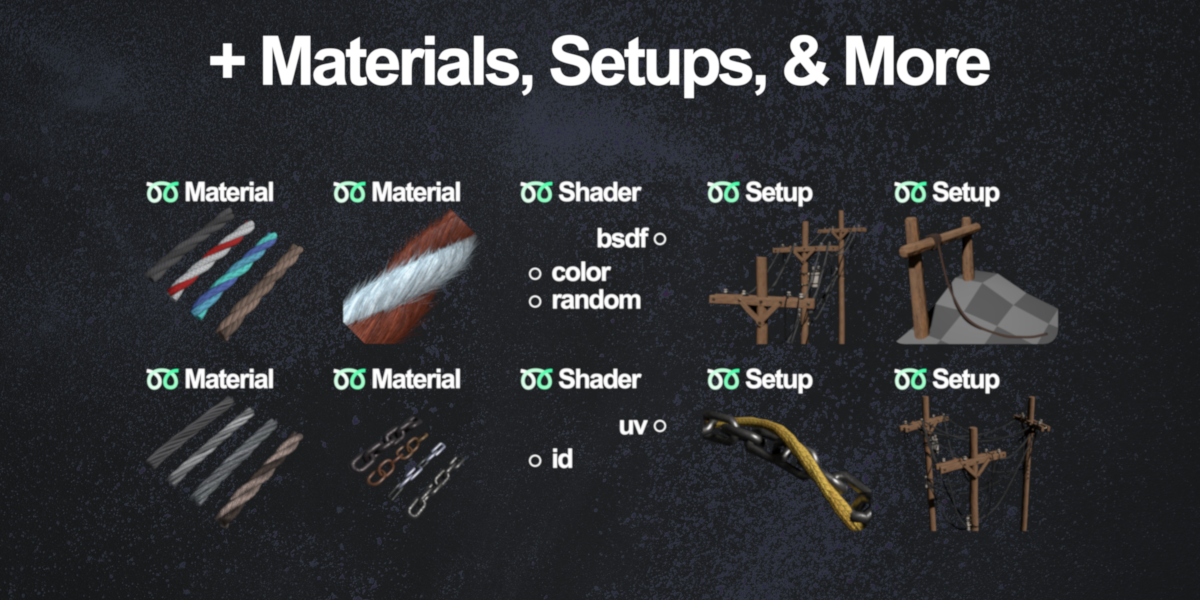
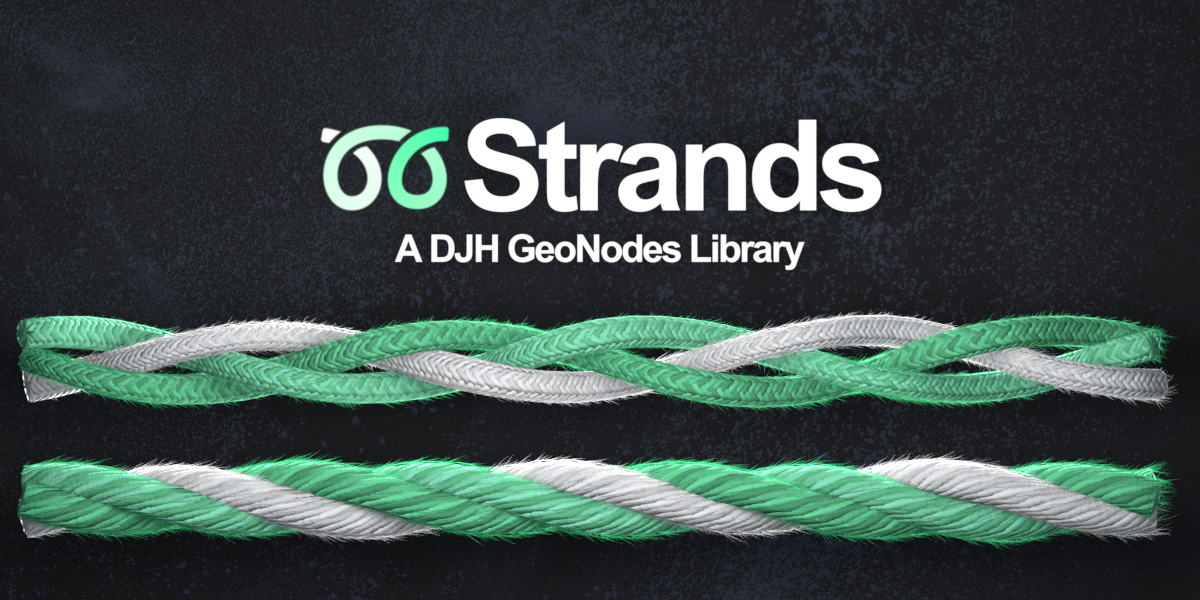
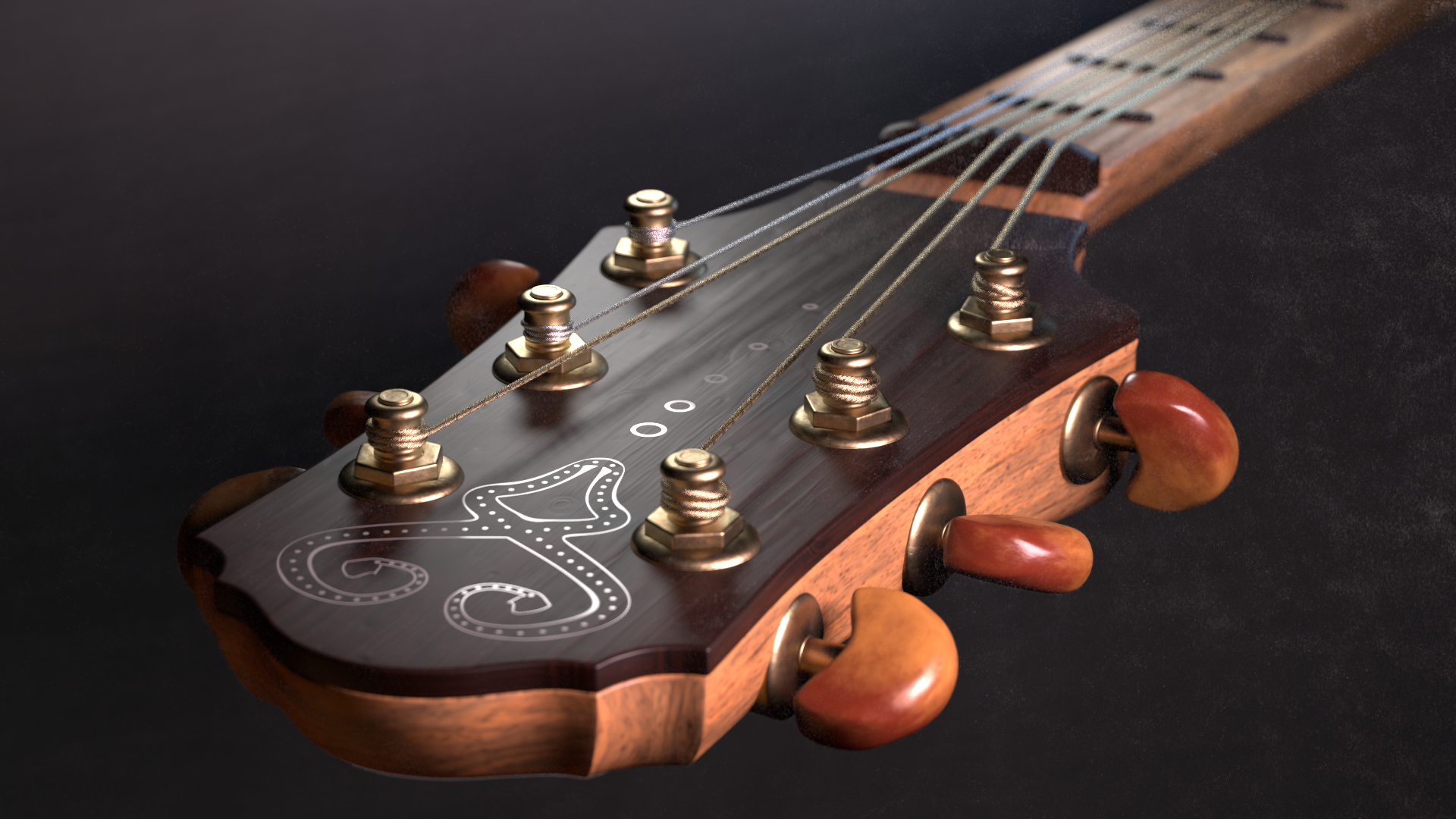
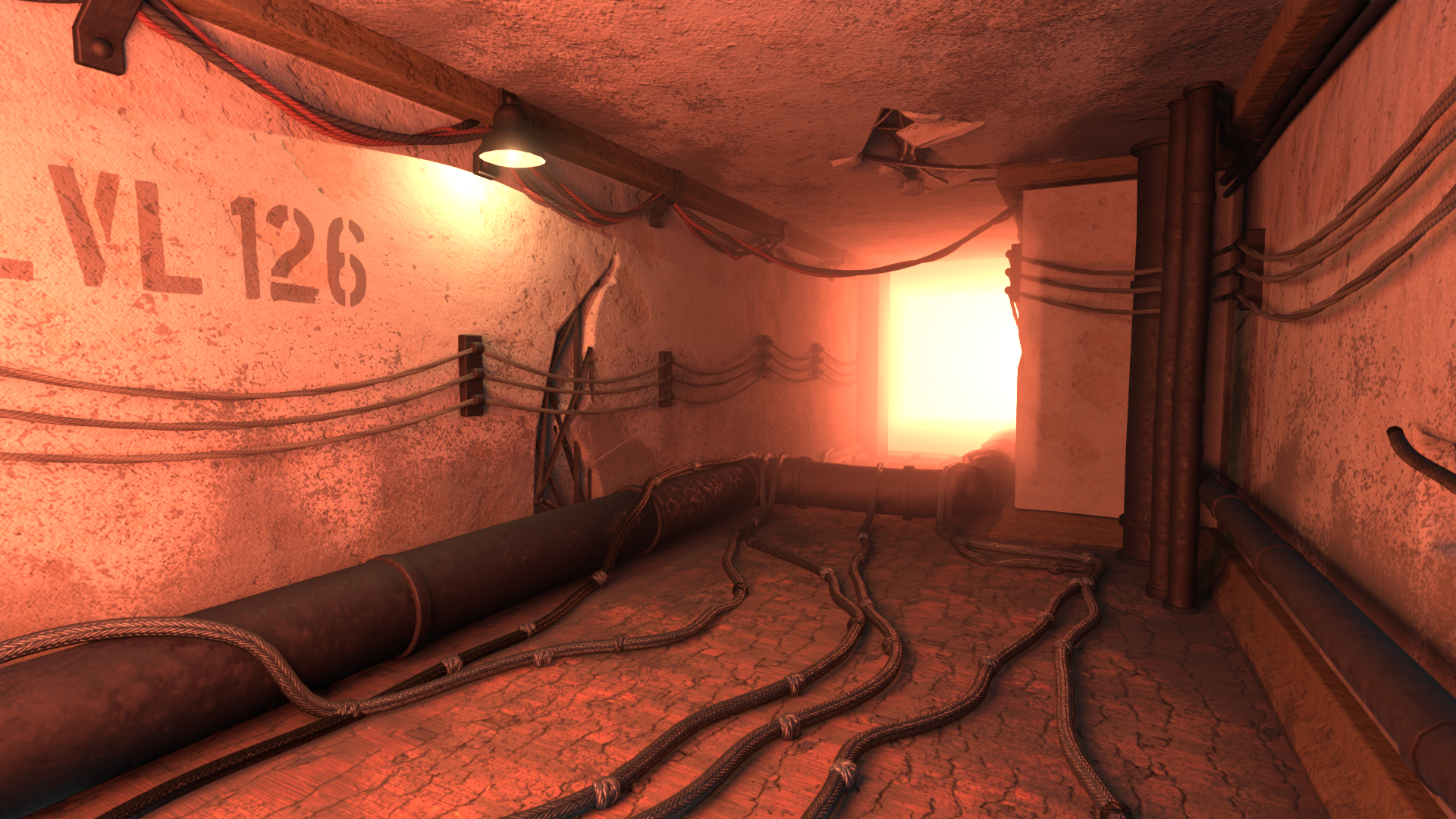
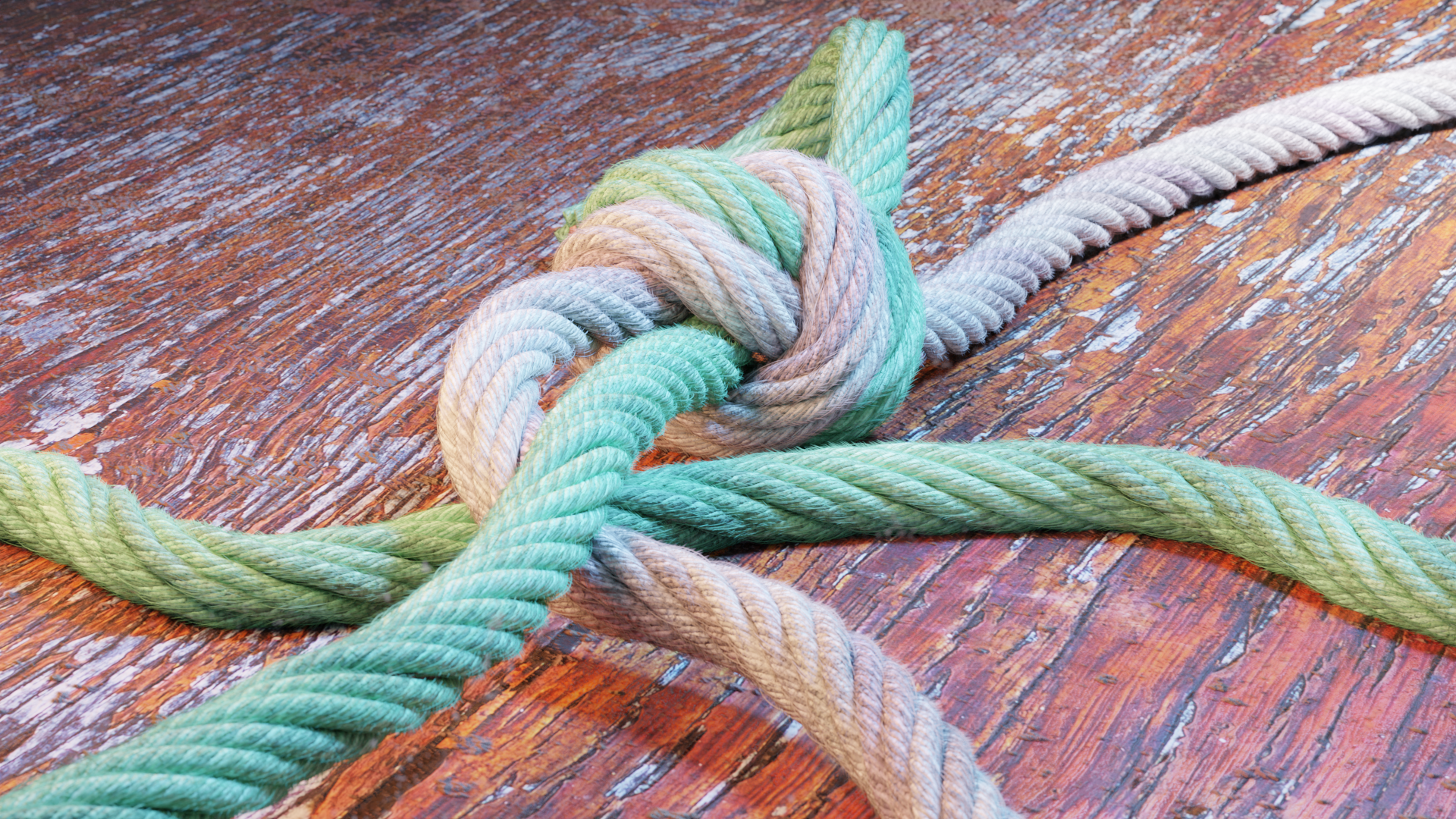
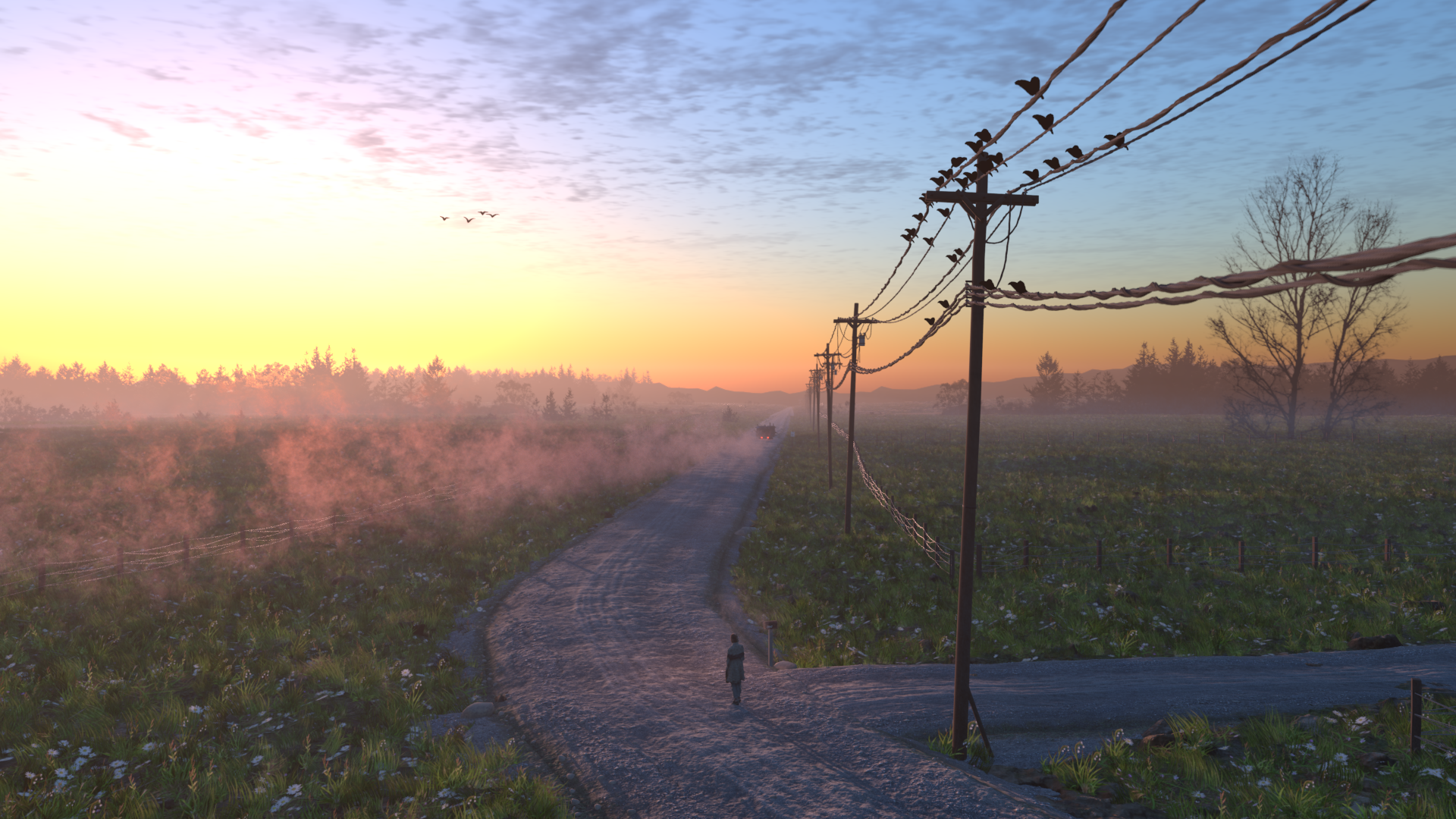
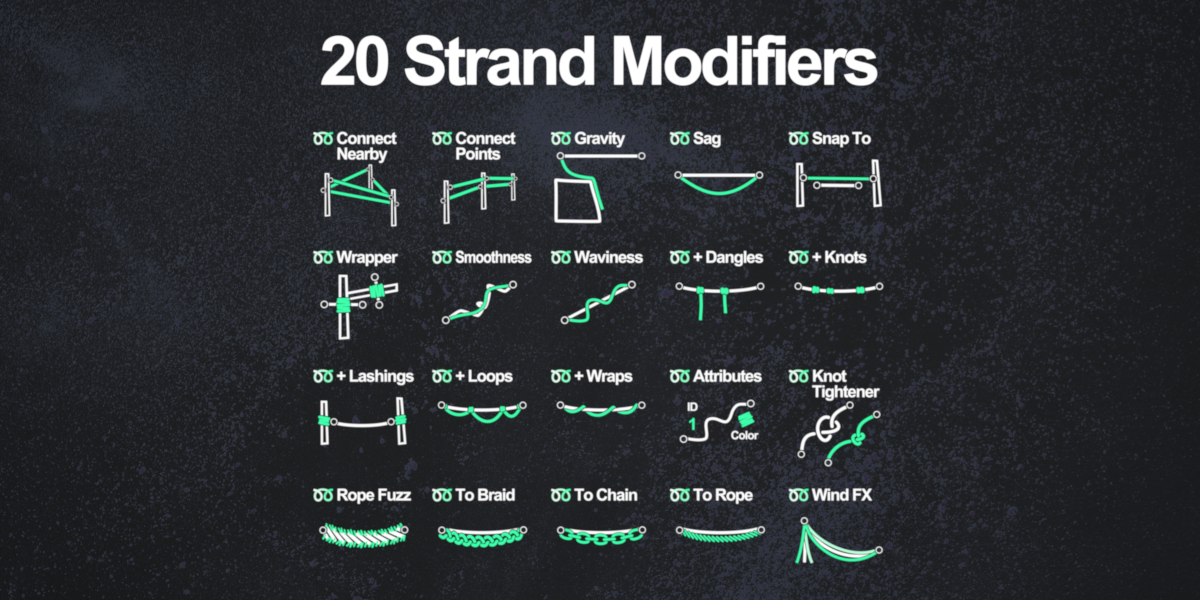
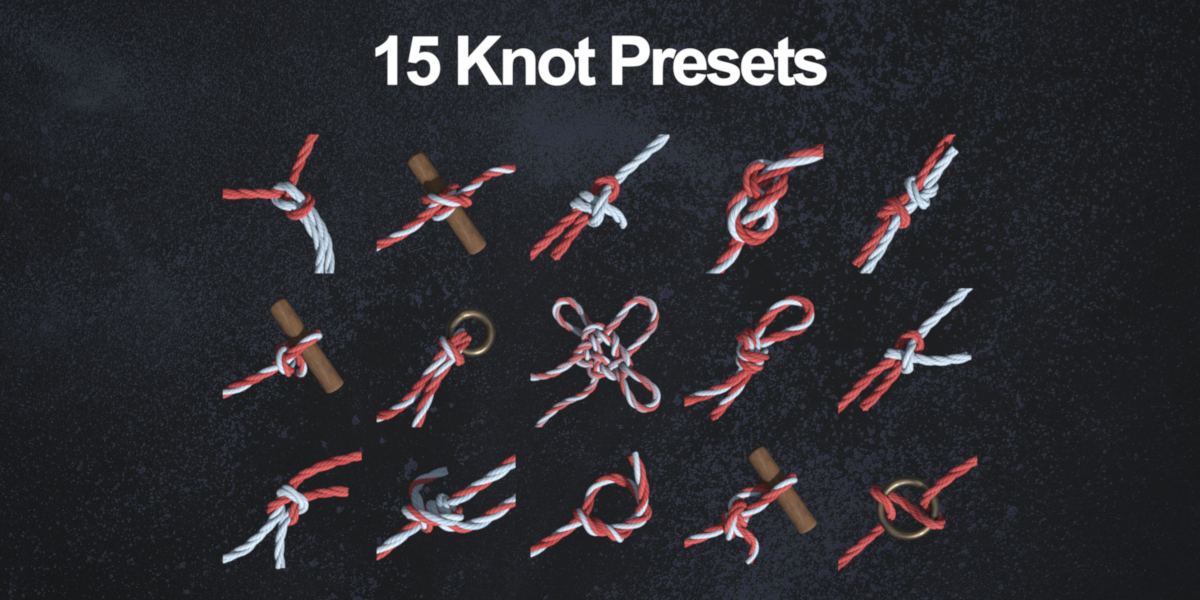
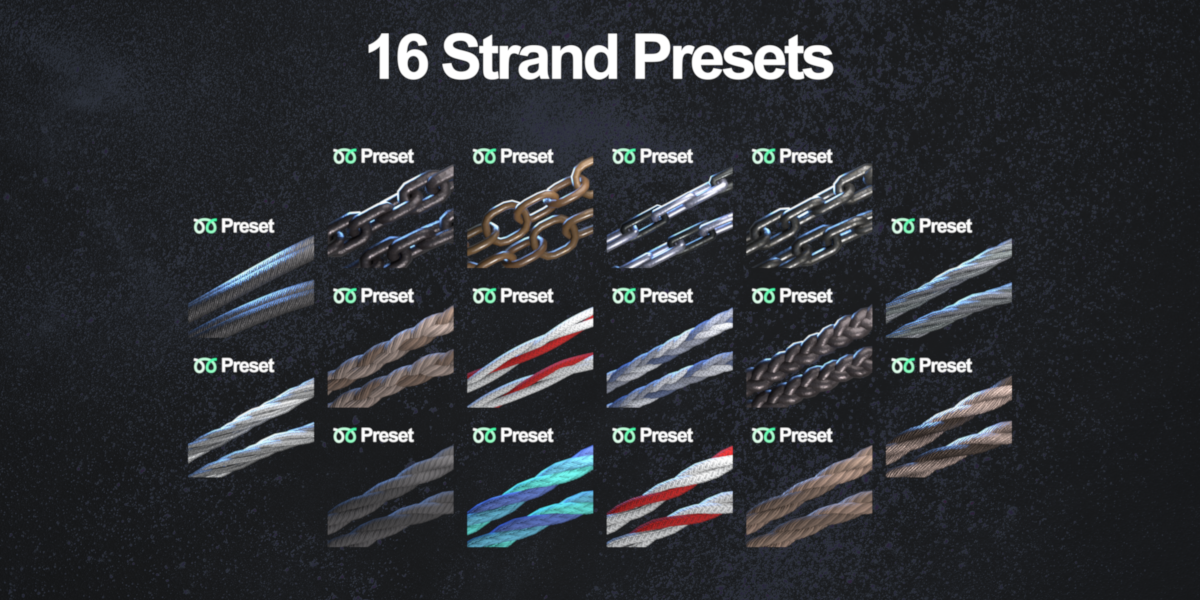

.jpg)







